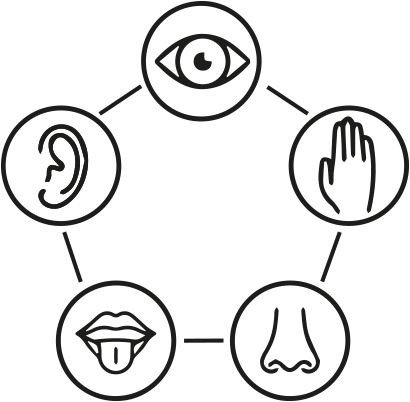Social Distancing
| Social Distancing
23 September, 2020 Led by:
|
| Intended learning outcomes (more on programme level)
Part of Marres’ Workshops ‘Training the Senses’. https://marres.org/en/program/training-the-senses-en/ |
| Learning objectives (course specific)
Explore our codes of physical behavior: how near can we come to another body? Where are we allowed to touch? And how do we read the body language of others? |
| Objective statement (course description)
In March 2020, social distancing rudely and unannounced entered our ‘new normal’ and radically changed our way of interacting with each other. But in fact, this concept has been part of our codes of physical behavior for a long time. In this session you will explore what those codes entail and what they do: how near can we come to another body? Where are we allowed to touch? And how do we read the body language of others? We’ll investigate the changing manners in our society with director Suze Milius, coach and mentor Maribel Ortega and a performer. |
| Type of course :
extracurricular course |
| Target group :
general audience |
| Teaching method:
workshop |
| Activities
Start: The participants were asked to face Maribel and do some exercise to wake up the body. This included walking around the room with hands raised up, sitting down in a closed, crouched position, sitting up straight backed, etc. People were asked to reflect on what these poses would make them feel about a person if they saw them doing it outside of the training. Training:
|
| Assessment of learning: N/A |
| Effect (witness account, evaluation of the course) |
Additional biblio sources
|
